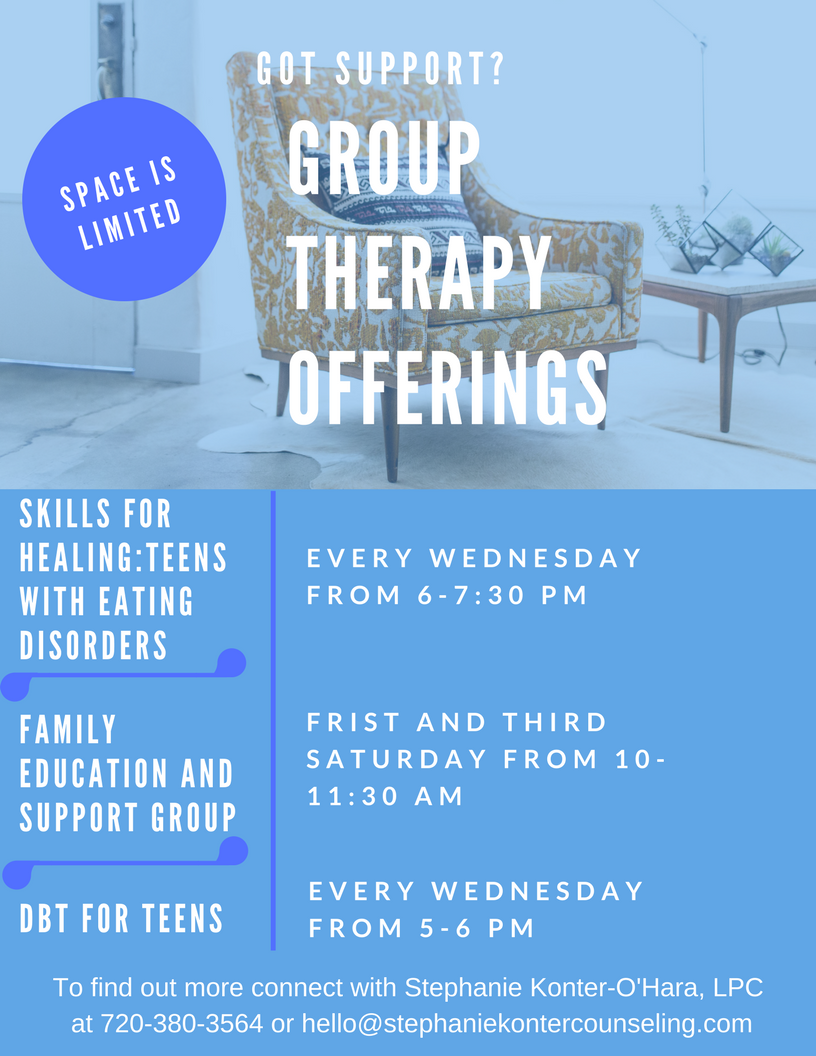1). Observe an object you can pick up (five minutes)
Hold it in your hands and allow your attention to be fully absorbed by it. Observe it.
Notice things about its physical characteristics. For example, you could say to yourself, “I notice that this object is soft, light colored, thin and can easily bend.” Or, “I see there’s yellowish lines radiating out from the bottom to the top.”
Notice textures, colors, and shapes without judging them as good or bad, pleasant or unpleasant, ugly or beautiful.
Don’t assess or think about the the object. Just observe it for what it is. Do this simple mindfulness exercise for five minutes.
2). Mindful eating (four minutes)
Start off by taking a few deep breaths and begin the practice by feeling the food against the outside of you lips. Notice this without judgement. Eat the item and close your eats, allowing yourself to taste it, feel the texture of it, notice how it makes the rest of your body feel. Notice how you can savory the food, notice if you feel satisfaction, gratitude or any other emotion. Think abut perhaps where the food has come from, for you to eat it right now, notice your impulse to swallow and how that feels. Do only this activity while taking deep breaths and nothing else for 4 minutes.
3). Observe your thoughts (fifteen minutes)
Find a comfortable position. You can be lying down on your back or sitting. If you are sitting, keep you back straight. Release the tension in your shoulders and just let them drop. Close your eyes.
Focus your attention on your breathing. Simply pay attention to what it feels like in your body as you breathe slowly in and then slowly breathe out. Immerse yourself completely in the experience. Spend a few minutes here. Imagine you are “riding the waves” of your own breath.
Now shift your attention to your thoughts. Become aware of whatever thoughts enter your mind.
Try to view them as simply thoughts — they are only objects in your mind. They are just events happening inside your mind. You can imagine them as clouds passing through the sky, or leaves floating down a stream.
Notice them enter your consciousness, develop, and then float away. You don’t have to hold onto or follow your thoughts. Just let them arise and disappear on their own.
If you become aware you are getting immersed in a thought, notice what took you away from observing them and then gently bring your attention back to having awareness of your thoughts again. Getting immersed in a thought is completely normal. Just notice it and shift your attention back to observing.
Simply shift your attention back to your breathing after doing a few minutes of “thought observing.” Open your eyes when you feel ready.
4). Body Scan
Take some time to get into a laying down position, go ahead and be on your backs with you palms facing up and your feet falling slightly apart. If getting on the ground is uncomfortable this can also be done sitting on a comfortable chair with feet resting on the floor.
Next focus on lying very still for the time it takes to do the body scan and move with awareness if it becomes necessary to adjust their position.
Now focus on bringing awareness to the breath, noticing the rhythm, the experience of breathing in and expelling out. Try not to change or force the way you are breathing but rather just hold gentle awareness on the breath.
Bring attention to the body and how it feels, the texture of clothing against the skin, the contours of the surface on which the body is resting, the temperature of the body and the environment.
Notice any parts of the body that are tingling, sore, or feeling particularly heavy or light, are there any areas of body where you don’t feel any sensations at all or are hypersensitive.
Next is to begin the body scan, and after each tense and relax notice the difference between the first noticing:
1. Notice toes of both feet, rest the feet tense and relax
2. Notice the Lower legs, tense and relax
3. Notice the Knees, tense and relax
4. Notice Thighs, tense and relax
5. Notice the Pelvic region- buttocks, tailbone, pelvic bone, genitals, tense and relax
6. Notice the Abdomen, tense and relax
7. Notice Chest, tense and relax
8. Notice Lower back, tense and relax
9. Notice Upper back- back ribs & shoulder blades, tense and relax
10. Notice the Hands (fingers, palms, backs, wrists), tense and relax
11. Notice the Arms (lower, elbows, upper), tense and relax
12. Notice the Neck, tense and relax
13. Notice the Face and head (jaw, mouth, nose, cheeks, ears, eyes, forehead, scalp, back&top of head), tense and relax
After the Body Scan is complete and you feel ready to come back to the room, slowly open your eyes and move naturally to a comfortable sitting position.


